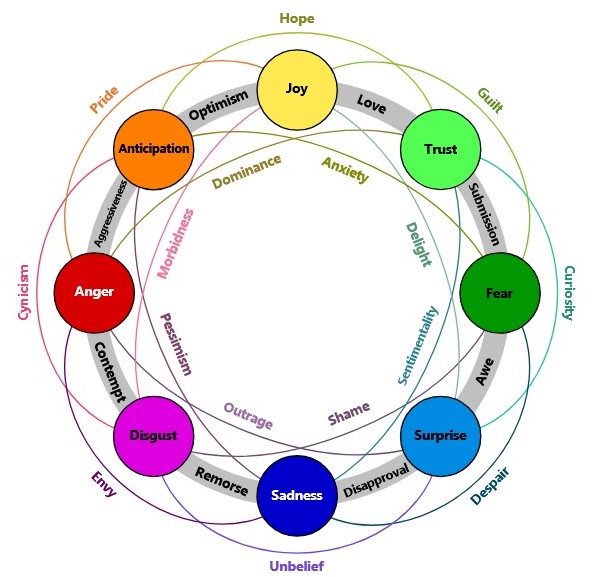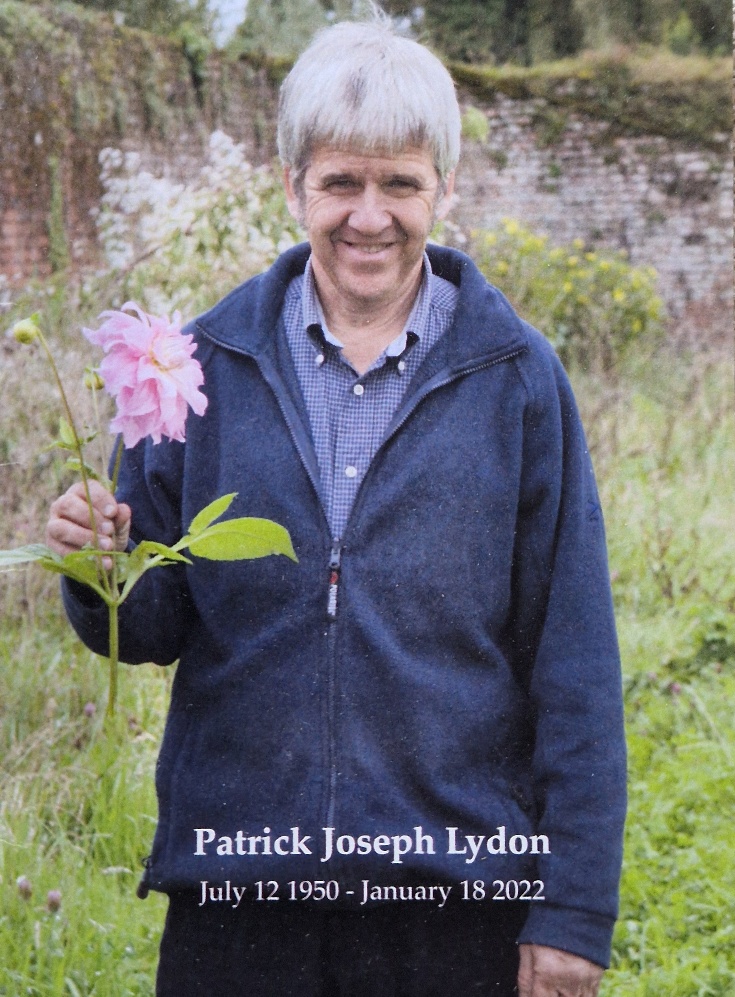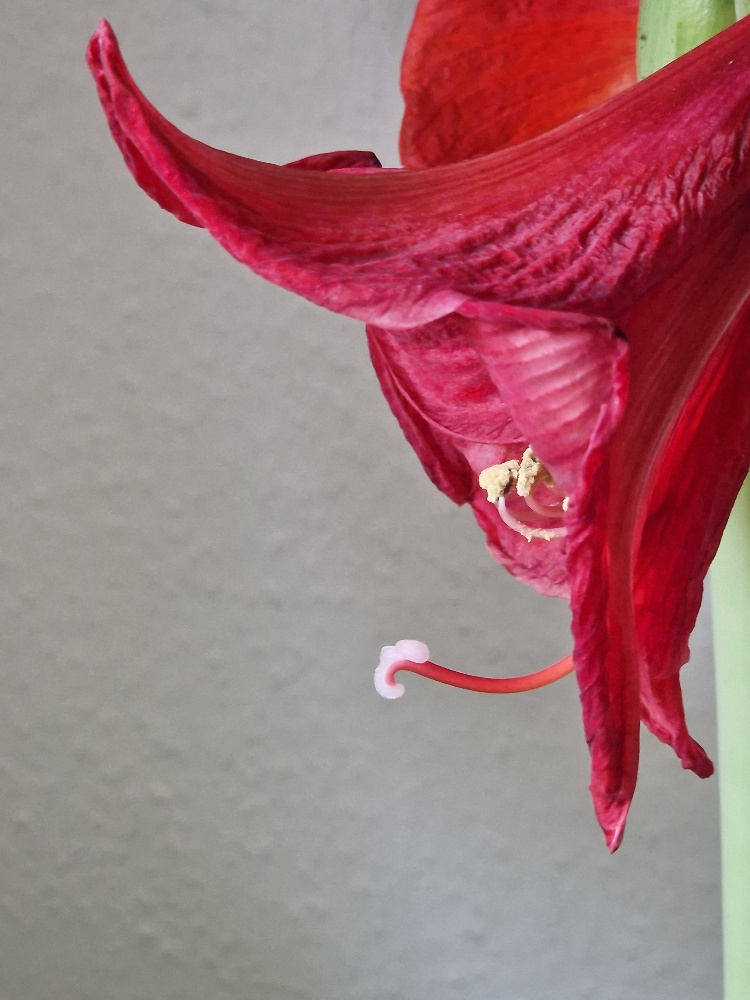In Jill Bolte Taylor’s book “My Stroke of Insight”, she points to scientific evidence showing that the life span of any particular emotion is only one and a half minutes. After that we have to revive the emotion and get it going again. Our usual process is that we automatically do revive it by feeding it with an internal conversation about how another person is the source of our discomfort.
Maybe we strike out at them or at someone else — all because we don’t want to go near the unpleasantness of what we’re feeling. This is a very ancient habit. It allows our natural warmth to be so obscured that people like you and me, who have the capacity for empathy and understanding, get so clouded that we can harm each other.
Pema Chödrön, Taking the Leap
We cannot selectively numb emotions, when we numb the painful emotions, we also numb the positive emotions.
Brené Brown
Feelings come and go like clouds in a windy sky. Conscious breathing is my anchor.
Thich Nhat Hahn
Between stimulus and response there is a space. In that space is our power to choose our response. In our response lies our growth and freedom.
Viktor Frankl
Emotional dysregulation is characterised by an inability to flexibly respond to and manage emotional states, resulting in intense and prolonged emotional reactions that jeopardise our well-being, in terms of `ease´ as opposed to `dis-ease´. A sure sign of dysregulation is an emotional reaction which, on reflection, is disproportionate, given the nature of the environmental stimuli encountered.
In the early days of infancy, there is no difference between our wants and our needs. We are therefore naturally prone to dysregulation until the needs are met. It is the task of our caregivers to teach us the skill of self regulation, which comes gradually as the child evolves into an individual.
Some families are well-equipped to teach children self-regulation as they grow and develop, especially in the formative first four years of childhood. This is achieved by means of co-regulation. The adult invites the upset child into her rhythm of regulation – through breathing, touch, laughter, a reassuring lullaby, or any of an array of soothing behaviours, verbal or non-verbal. The key element is presence.
This presupposes that the adult caregivers have, themselves, learned to do this, either from their caregivers during their own formative years or, later in life, with the help of a healing community and/or professional therapeutic support.
In my family of origin, as I experienced things, there was no common language for dealing with the multitude of feelings that are integral to the human condition. It was as if we tried, in a group effort, to read Anna Karenina in the original without any prior knowledge of the Russian culture, language, or even the ability to read Cyrillic script.
Emotions are sometimes characterised as `feelings in motion´. A wide array of emotions exists. The following list captures those generally identified as the most common: Acceptance, admiration, affection, amusement, anger, angst, anguish, annoyance, anticipation, anxiety, apathy, arousal, awe, belongingness, boredom, confidence, confusion, contempt, contentment, courage, curiosity, depression, desire, determination, disappointment, disgust, distrust, doubt, ecstasy, elevation, embarrassment, emotional detachment, empathy, enthusiasm, envy, euphoria, faith, fear, frustration, gratification, gratitude, greed, grief, guilt, happiness, hatred, hope, horror, hostility, hubris, humiliation, interest, jealousy, joy, kindness, limerence, loneliness, love, lust, nostalgia, outrage, panic, passion, pity, pleasure, pride, rage, regret, rejection, relief, remorse, resentment, sadness, saudade, schadenfreude, self pity, shame, shock, shyness, social (dis)connection, sorrow, suffering, surprise, suspicion, trust, wonder, and worry.
If you are feeling a little bewildered on reading this list, imagine a four-year-old trying to navigate her way through a highly-charged, chaotic energy field of emotions (in the day-to-day family experience) where there was a basic lack of understanding or corresponding ability to guide her through it, any time she got thrown off balance, perplexed, threatened, or overwhelmed.
The child cannot identify the cause of the discomfort; the emotions were extant yet unarticulated, though invariably cryptically expressed, whether through sarcasm or body language. The family provided neither awareness nor cultivation of emotional intelligence.
If the emotions are feelings in motion, what are the basic feelings that each of us experience? There are of course many models which try to capture this important aspect of the human experience.
Robert Plutchik’s model features eight primary emotions arranged in opposing pairs, as follows: joy/sadness, anger/fear, trust/disgust, anticipation/surprise. The displayed graphic (Photo) shows the blending of the primary emotions to form secondary, tertiary, and quaternary dyads on the Plutchik wheel of emotions.
A simplified four-fold model I have often heard in the recovery community is: Sad, mad, glad, and bad.
In my own observations while growing towards emotionally sobriety, I have concluded that feelings are fueled by one of two fundamental drivers: either love (affirmation of reality) or fear (rejection of reality).
As long as I can remember, fear was, for me, the dominant driver. Perhaps it was the noise level in a house full of ten children, a mother who was prone to emotional meltdowns and directing operations by shouting at her children no matter how far away they were. Emotional unavailability (occasionally punctuated by engulfing), guilt-tripping, control, and anxiety were always in the emotional mix.
Then there was a disciplinarian father who was often absent, silent, demanding, or harsh. From as early as I can remember, there was the terror of being punished, physically hurt, and not measuring up to expectations.
Then came the other kids, primarily the bullies, who got a kick out of humiliating any children who showed signs of sensitivity, creativity, nonconformity, or vulnerability.
Evolution is a wondrous thing. When we are challenged as children, we generally find coping mechanisms which ensure our survival, at least for as long as we are dependent on our caregivers. Among my early strategies were invisibility — disappearing by means of daydreaming — and control, by means of over functioning in a manner way beyond my years.
With a high degree of vigilance, I tracked every sound, every gesture, every impalpable cue from the realm of unarticulated emotions. This sensitivity stands to me today; as a child it was less a blessing, more a curse.
Behind every distressing feeling we find unmet needs. These include autonomy, connection, meaning, peace, physical well-being, and play. Should these basic needs remain unmet over longer periods of time, life can appear intolerable to the tender heart of the child.
Like many teenagers, alcohol and other drugs proved to be an instant solution to my dilemma of `the unbearability of being´. Though a binge drinker and user from the start, the substances were a welcome and instantly effective solution, providing an initial fleeting feeling of belongingness, of ease and comfort, which had proven otherwise beyond my reach.
Some kids grow out of or moderate this habit of consuming substances while others go on to plumb the depths of addiction until they either die or hit bottom. Statistically, we substance addicts amount to between 10% and 15% of the total population. Who takes which fork on the road seems to be randomly ordained.
What can be observed is that, while not all children who experience trauma become addicts, most addicts discover elements of trauma in their early years, especially once they have achieved the clarity of heart and mind that comes with sustained abstinence.
It is not all bad news, however. In some respects, we live in a Golden Age. Over the past 150 years we have been gifted with insights into the human condition which had remained generally obscure until this post-modern era. Depth psychology brought knowledge of the relationship between ego, Higher Self, individual psyche, and collective unconscious.
Especially in the past 50 years, great strides have been made in understanding the interaction of body, mind, soul, and experience. Imaging technology is now providing insights into synaptic plasticity, i.e., how our neural circuits develop and behave, and how the brain can be rewired through adopting and practising new behaviours. „Neurons that fire together, wire together“, we have learned.
The Twelve Step movement which gave us an approach to recovery from addiction and a template for the attainment of emotional sobriety has just celebrated its 90th birthday. By the standards of human history, this movement is still in its teething stage.
A broad understanding of trauma (Greek: wound) began with the widespread manifestation of `shell shock´ during World War I and has now been expanded to encompass Complex-PTSD (relational or developmental trauma). Based on countless studies in clinical psychology, we now understand that every child needs a minimum of attention, acceptance, appreciation, affection, and allowing, as described by American psychologist David Richo.
We need these as much as we need air, food, water, and shelter. When withheld or provided in insufficient quantities, especially over longer periods of time, wounds result. We could call this the wounding of the Spirit, which generally leaves us with a depleted feeling of self-worth and purpose.
As long as these wounds remain unattended, they have the capacity to intrude into our contemporary lives (even many years later) by means of transference, with the result that, even though we are now adults, we react to stimuli as we were wont to do as young, immature children, with often disastrous effects.
„Unconsciously“, as Tian Dayton points out in her wonderful book: Emotional Sobriety, From Relationship Trauma to Resilience and Balance, „we transfer our unresolved pain from the still festering childhood wounds onto our adult relationships, thus bleeding from the past into the present. We feel what we had to shut down yesterday within our relational world of today through the phenomenon of transference. It is the nature of things that what is inside wants to come out.“
Once we realise this, we can take any current disruption of our sense of ease and comfort as a signpost to look inside, to practice interoception, to identify which childhood wound is calling upon us today for our attention, acceptance, appreciation, affection, and allowing. Providing one or more of these usually suffices as the solvent in which the wounds can begin to heal. The associated pain then organically dissipates, in its own good time.
By now, as adults, taking responsibility for the needs and welfare of our Inner Child, we can begin the process of healing these old wounds, thus draining them of their power to wreak havoc in our current relationships and activities. We begin to learn to do our inner work by “concentrating on the wounded heart, not the archer.”
Sometimes therapy is warranted. An array of innovative somatic approaches, which focus specifically on the topic of healing trauma, such as Eye Movement Desensitisation and Reprocessing (EMDR), Somatic Experiencing, and Emotional Freedom Techniques (EFT), are now widely available.
Further modalities such as mindfulness meditation, yoga, chi gong, and the Positive Intelligence (PQ) Mental Fitness programme can also be very beneficial adjunct resources which help us cultivate and maintain the gap between stimulus and response.
The spell of the self-fulfilling prophesy is gradually broken as we move through and transcend our old emotional wounds. A new freedom emerges which, through daily cultivation of the gap between stimulus and response, enables us to realise the full potential that resides within each and every one of us.










